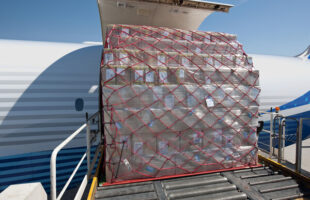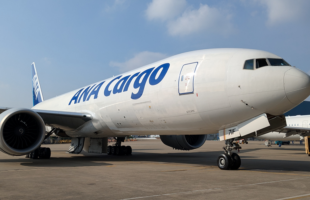

Only days before the much anticipated first test flight of the long-awaited Boeing 787 Dreamliner, Boeing has had to embarrassingly announce yet another delay – the fifth so far – to the aircraft’s delivery schedule due to a newly discovered technical problem.
Chicago-based Boeing said this week that it needs to reinforce small areasnear where the wings connect to the fuselage before conducting the first testflight, which Boeing had insisted wouldoccur before July. A revised schedulefor the flight, as well as first deliveriesto customers, will not be announced forseveral weeks.
Customers had expected to get the first of the new jets in the first quarter of 2010, nearly two years behind schedule with Japan’s All Nippon Airways slated to receive the first of the new planes. The 787 is Boeing’s first new aircraft since the 777, which was introduced more than a decade ago.
Airlines around the world have ordered the 787 in record numbers, and Boeing currently has orders for 866 of the planes from at least 56 customers. Some 58 orders have been canceled this year and the delays have cost Boeing both credibility and billions of dollars in anticipated expenses and penalties.
Boeing said it discovered areas around the part of the plane where the wings join the fuselage that need to be reinforced during recent tests on the airplanes.
Scott Fancher, Boeing’s 787 program manager, said the 36 areas, 18 on each side, cover about one to two square inches each. “We’re talking about a relatively small number of parts and a relatively simple modification here, and we are designing it so the parts can be installed in fully assembled aircraft,†he said adding: “We are already moving toward a solution.â€Â
During a test late last month that involved bending the 787’s wings to simulate flight conditions, workers discovered greater-than-expected stress in the plane’s so-called side-of-body structure, according to Pat Shanahan, vice president and general manager of airplane programs for Boeing’s commercial airplane division. Further tests completed late last week showed the plane needed structural reinforcement before it could be flown, he said.









